|
Find out all about managed motorways and how to drive through them.
The hard shoulder is used to create an additional lane during periods of congestion. When traffic builds up you will see overhead signs that instruct you to use the hard shoulder as an extra traffic lane. This increases the motorways capacity and keeps the traffic moving.
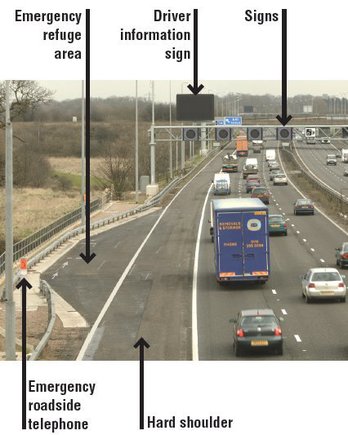
 |
|
Variable mandatory speed limits
This is the maximum permitted speed in all lanes, including the hard shoulder. The speed is enforced by digital enforcement cameras.
|
 |
|
White arrow with flashing beacons
This sign applies to all lanes, including the hard shoulder, and means that you should move into the lane as directed.
|
 |
|
Red cross with flashing beacons
This sign applies to all lanes, including the hard shoulder, and means that you must not proceed any further in this lane.
|
 |
|
Red cross without flashing beacons
Only use the hard shoulder in an emergency or breakdown situation, as in the Highway Code.
|
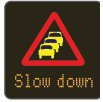 |
|
Driver information signs
Pictorial signs display information to advise drivers of what’s ahead.
|
 |
|
Verge signs are located at the start of each managed motorway section.
The signs will instruct you to continue in the same lane or merge right.
|
Signs on overhead gantries advise when you can use the hard shoulder.
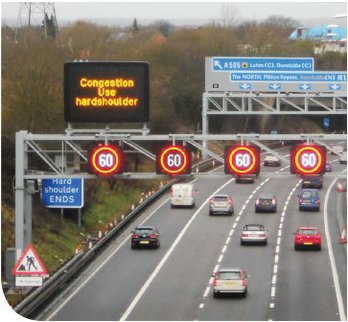
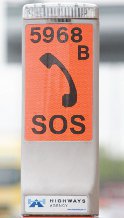 |
|
If you are unable to get to an emergency refuge area in an emergency or breakdown situation you should leave your vehicle and go to a safe place behind the safety barrier. Use the nearest emergency roadside telephone which connects you to the Highways Agency control centre. |
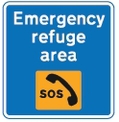 |
|
Emergency refuge areas
If you breakdown you should, if possible, stop in an emergency refuge area. Use the emergency roadside telephone to contact the Highways Agency control centre.
|
 |
|
Leaving an emergency refuge area
For your safety, you should always contact the Highways Agency control centre using the emergency roadside telephone for advice on how to leave the emergency refuge area safely.
|
|